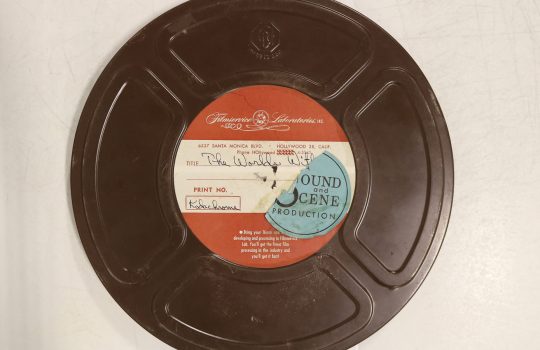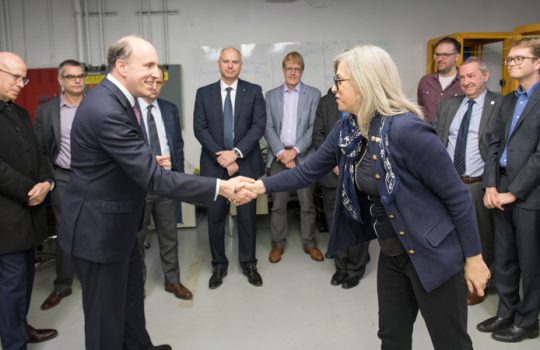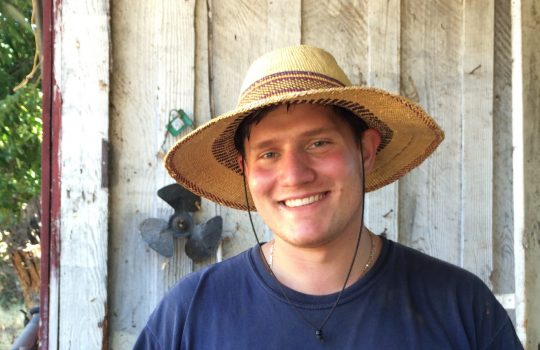Remastered 1964 films show origins of SLAC
A pair of 1964 films detailing the construction of Stanford Linear Accelerator Center were recently remastered and are now available for viewing on YouTube. The films provide a fascinating look back at the origins of SLAC and the history of particle physics in the United States. At the time of the production, SLAC was the largest civilian basic science project ever undertaken in the United States.



